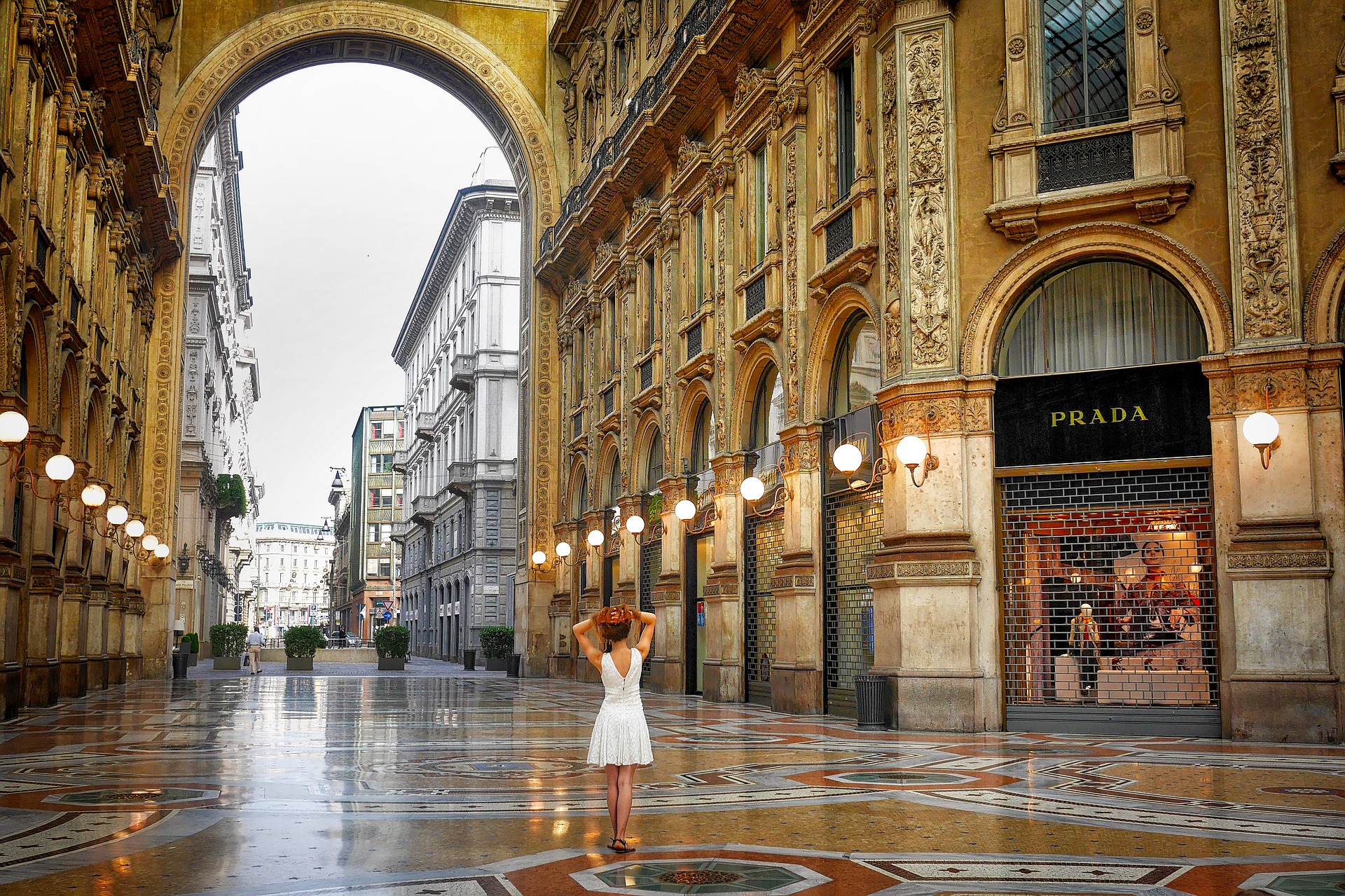Milano
Milan, the capital of Lombardy, has a population of 1.3 million people. It is the biggest industrial city of Italy with many different industrial sectors. It is a magnetic point for designers, artists, photographers and models. Milan has an ancient city centre with high and interesting buildings and palazzos, which is why so many people from all over the world want to see the city of glamour.<br />
Milan’s origin goes back to 400 B.C., when Gauls settled and defeated the Etruscans.<br />
In 222 B.C. the city was conquered by Romans and was annexed to the Roman Empire. After 313 A.D., the year of the Edict of Tolerance towards Christianity, many churches were built and the first bishop was appointed: Ambrogio was such an influential person that the church became the Ambrosian Church (7 December is a holiday to honour Sant’Ambrogio). In 1300 the Visconti family which are noblemen from Bergamo, Cremona, Piacenza, Brescia and Parma ruled and brought a period of glory and wealth to the city. The Duomo was built in 1386 and became the symbol of Milan.<br />
Milan has always been a rich and important city. It has always been a place full of various famous artists and offers a particular assortment of churches, buildings and monuments. There was a change of culture and art in the Renaissance with big a contribution in the period of the neoclassicism. Milan offers a big variety of buildings, monuments and museums. The most important church is the Cathedral which is the third largest church in the world.<br />
